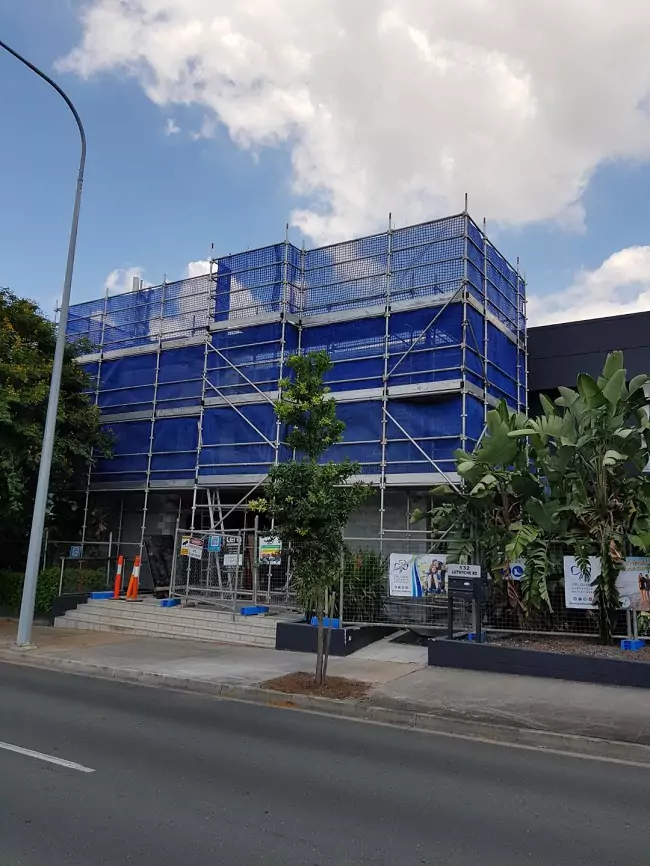Tower cranes are a key tool in the construction industry. They help contractors increase efficiency and productivity on construction sites by eliminating the need for other equipment, like mobile cranes.
They can also be used to access areas that other machines cannot reach. This helps homebuilders get projects done faster and with less downtime.

Reduced Downtime
Downtime costs construction companies money, delays project timelines, and reduces productivity. While the exact cost of downtime is difficult to quantify, experts in the industry estimate that it costs 20-30% of a company’s total revenue.
In addition to the obvious monetary impact of downtime, it can also negatively affect the environment. The construction industry is a global pollution producer, so reducing downtime on job sites is important for environmental conservation.
One of the most common causes of downtime on construction projects is equipment failures. However, downtime can be prevented with preventative asset maintenance.
Maintaining heavy equipment can be expensive, so construction companies should develop a preventative maintenance schedule that includes inspections and repairs. This strategy can help ensure that a company’s heavy machines are running efficiently and avoid unnecessary repairs and needless downtime in the future.
Using tower cranes on construction sites can greatly reduce downtime and improve efficiency and productivity. These types of construction equipment can lift and transport materials across tight spaces, reducing the possibility of accidents.
Increased Lifting Capacity
One of the most popular pieces of lifting equipment on construction sites is a tower crane. They are known for being able to lift loads safely to precarious heights, thanks to a system of counterweights, jibs, and mast supports that protect the cabling, trolley, and hook from overturning forces.
A tower crane consists of several parts, including a base, a machinery arm, an operating cabin, a jib, and a winch. The machine arm is the shorter horizontal element that contains the load-lifting motor, electronic controls, the cable drum, and concrete counterweights to maintain balance.
The jib is the main load-bearing component of a crane that extends out horizontally from the top of the mast or tower. It has two variations: a luffing jib, which can move up and down, and a fixed jib, which does not move up or down.
The maximum jib reach is approximately 230 feet, and the crane’s lifting capacity can be up to 18 metric tons. However, the crane cannot lift that much weight when the load is positioned at the end of the jib.
Increased Safety
Tower cranes are a vital part of today’s construction sites, providing the lifting and movement of heavy materials throughout a project. But they can also cause serious injuries and even death if not properly maintained and operated.
One way tower cranes improve safety is by increasing the amount of training that is offered to workers. In particular, crane operators should be educated on load management guidelines so that the loads they lift are well-rigged and balanced before they’re lifted.
Another way that tower cranes increase safety is by reducing the number of accidents and near misses on a construction site. Many accidents happen because of human error, so proper training and a commitment to safety are essential for keeping projects on track.
Increased Flexibility
Tower cranes are a great solution for many building projects where space and clearance are limited. They have a short counter jib and variable working radius that allows for high productivity in narrow spaces.
When assembling a tower crane, you need to take into consideration its structure and the support equipment that it will need to operate effectively. For example, if the tower crane needs to be assembled on a concrete base, you need to make sure that the base will be strong enough to hold the weight of the tower & other equipment.
A tower crane is composed of several components: a mast, a jib, and counterweights. These are all designed to keep the crane stable despite the amount of load that it lifts.
Using a model that takes into account the time, assignment, and sequence of lifting tasks is an effective way to schedule tower crane operations. It can also help prevent collisions between tower cranes and other construction activities on site, which is a key issue on construction sites.

